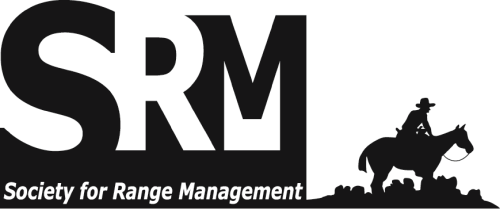The extent and heterogeneity of rangelands in the state of Nevada (United States) pose a challenging situation for land managers when determining stocking levels for livestock grazing. Overutilization can cause lasting environmental damage, while underutilization can create unnecessary economic hardship for livestock operators. An improved ability to forecast vegetation stress later in the growing season would allow resource managers to better manage the tradeoffs between ecological and economic concerns. This research maps how well growing season conditions for vegetation within grazing allotments of Nevada can be predicted at different times of the year by analyzing 15 yr of enhanced vegetation index (EVI) data from the Moderate Resolution Imaging Spectroradiometer sensor, cumulative monthly precipitation, and the Palmer drought severity index. Land cover classes within the grazing allotments that are not relevant to grazing were removed from the analysis, as well as areas that showed > 50% change in EVI since these likely represented transitions or disturbances that were not related to interannual climate variability. The datasets were gridded at spatial resolutions from 4 to 72 km, and the correspondence between image and meteorological datasets was found to improve as measurements were averaged over larger areas. A 16-km sampling grid was judged to provide the best balance between predictive ability and spatial precision. The average R2 of regressions between the vegetation index and meteorological variables within each of the 16-km grid cells was 0.69. For most of Nevada, the ability to predict vegetation conditions for the entire growing season (February-September) generally peaks by the end of May. However, results vary by region, with the northeast particularly benefiting from late-season data. Regressions were performed with and without very wet years, and the ability to make early predictions is better when including wet years than in dry to typical conditions. © 2017 The Society for Range Management. Published by Elsevier Inc. All rights reserved. The Rangeland Ecology & Management archives are made available by the Society for Range Management and the University of Arizona Libraries. Contact lbry-journals@email.arizona.edu for further information.

Scholarly peer-reviewed articles published by the Society for Range Management. Access articles on a rolling-window basis from vol. 1, 1948 up to 5 years from the current year. Formerly Journal of Range Management (JRM). More recent content is available by subscription from SRM.